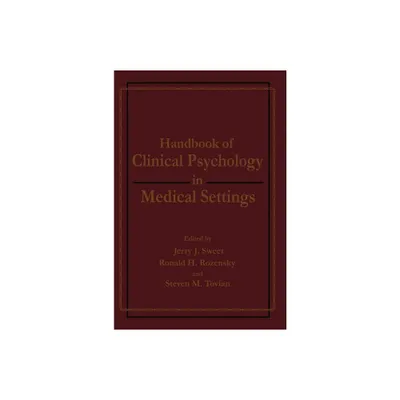Home
Hidden Cultures in Clinical Psychology: Sensitivity to Diversity in Culture
Loading Inventory...
Barnes and Noble
Hidden Cultures in Clinical Psychology: Sensitivity to Diversity in Culture
Current price: $19.95


Barnes and Noble
Hidden Cultures in Clinical Psychology: Sensitivity to Diversity in Culture
Current price: $19.95
Loading Inventory...
Size: OS
*Product Information may vary - to confirm product availability, pricing, and additional information please contact Barnes and Noble
When individuals from other cultures have psychological difficulties, it is obvious that any therapy should be done with that cultural background in mind. First and foremost, this client will need to return to that culture and have to function successfully within it. This means that the therapist should try to see the world through the eyes of this person's culture, and understand what makes sense to him or her. In practice, however, this is easier said than done. As Arthur MacNeill Horton writes in the foreword to this book, "Definitions of culture are like toothbrushes: everyone has one, but no one wishes to use another's." This volume tries to address this quandary by approaching the hidden cultures in psychotherapy from several different directions. The first section of this book looks at the most prominent phenomena that the therapist is likely to encounter, including gender-based bias, transgender bias, or racial prejudice. Other chapters look at cultures were sensitivity is less obvious, such as those who are aging, have disabilities, or belong to a specific religious group, such as the many strands within Judaism. The second section of this book goes deeper by grappling with specific case studies and first-person accounts. Here we meet witnesses who as ethnic Japanese suffered from internment during the Second World War; people who experienced prejudice and misunderstanding as members of First Nations Peoples; and Hispanics who struggle with acculturation in the United States. Each of these chapters serves as an example of what one person views as his or her culture, and how this relates to effective therapy. The essential message of the book is that while every client is unique, the therapist should try to develop a sensitivity to these unique cultural indicators that may play a crucial role in the healing process.


















